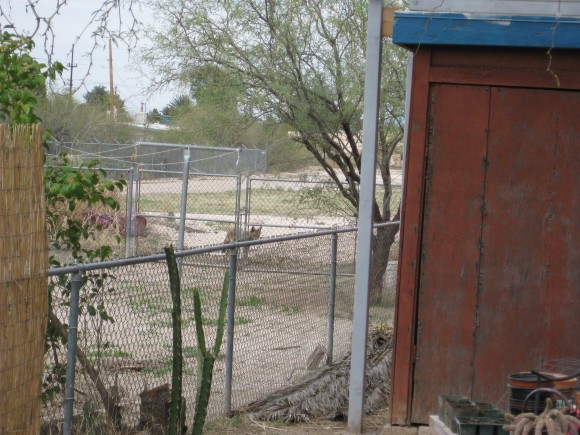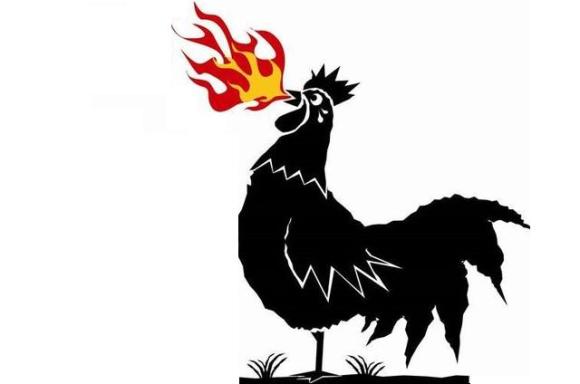I was fortunate enough to be able to participate in a composting toilet pilot project by Watershed Management Group (WMG). This pilot project, Soil Stewards, began this summer by inviting some 25-30 homes, test sites, and organizational partners (such as the Community Food Bank) to construct and host a composting toilet system on their property. The purpose of this pilot project was to test out two different types of home composting toilets, with the goal of lowering the cost of materials as well as simplifying the process for installation and permitting. It is a two year project, in which we use, maintain, and monitor the composting systems in an effort to demonstrate the ease and accessibility of composting human waste in a safe and affordable way.
Below is a slideshow of the process of construction and installation for my composting system. You will notice that I went perhaps a little overboard in building the privacy structure to house my outdoor, composting toilet. You might also notice that it’s downright awesome. It, along with the other numerous backyard features that focus on sustainability, will be part of WMG’s Second Annual Home-Scape Tour.
So you’re probably asking, how does all this all work? Does it smell? Or simply, are you serious?!? So first of all let me say that David Omick (who designed the barrel system that I am using and is working with WMG), and Watershed Management Group probably explain things endlessly better than me. David’s open-sourced details on the barrel composting system is here, and WMG’s Soil Stewards page has tons of information including this video.
But down to the nitty gritty details. Because I know you have questions. The process goes like this: you do your business, you use a squirt bottle of some sort to wet the toilet paper as it lies to aid with decomposition, and you cover everything with a layer of dry material such as wood shavings, mesquite duff (leaves), or even shredded paper. The point is that the next person who uses it won’t see anything but dry cover material at the bottom of the barrel, as well as provide the necessary carbon to offset the nitrogen that is in human waste. There are three barrels because once one is filled, it needs to sit and actually compost (or finish composting) without the addition of new material. You need at least 4-6 months for this process to fully become useable compost and have killed any dangerous bacteria and other vectors (this has been tested and is indeed extremely safe). So having three allows a continuous rotation that is both safe and requires minimal user contact with feces. Smell? I can honestly say that the only time there is any disagreeable smell is when I use the compost hand crank to turn the compost every couple times per week. That process lasts about one minute (seriously), and even that is more ammonia-y than anything you might be imagining. Bugs? Well the design is a completely sealed one, minimizing any bugs that are able to make it in, but there is a very simple fly trap (the upsidedown mason jar you see in the pictures) where flies head towards the light and can’t use their bug brains to figure out how to get out. Flies have been a non-issue for me the entire time. In terms of using the finished compost, well I haven’t gotten that far. People who have used this system for years, have it down well enough to know that they are safe to use it even on their vegetable gardens. However it is recommended that one start with compost application on trees, shrubs, and other non-food items around the yard.
Now I get that at first glance this may sound like someone who is over the top with sustainability ideas and therefore making it sound much better and easier than the reality is. I can tell you, I am not. And that is the entire point of this pilot project – to find a system that is both affordable and easy to use for the average home-owner. Which is why part of the project is a regular monitoring component that allows WMG to more effectively work with the ADEQ to move forward on making these systems available to anyone who is interested in them.







